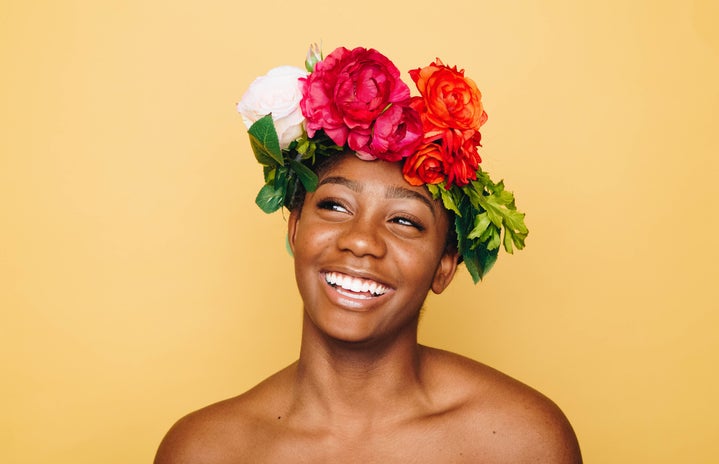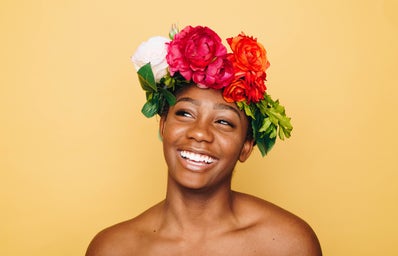In the African American community, women have been adorning our crowns since the beginning of time. Ornate headpieces and hairstyles have always been a huge deal. There’s even a natural hair expo every year in Atlanta, Georgia, that showcases, fashion, beauty, and most of all elaborate hairstyles done with braiding, weaves, wigs, and anything that goes. The Bronner Brothers International Hair Show brings together over 30,000 women to celebrate hair alone. Let’s not forget about the Essence Fest, Curlfest, and Taliah Waajid’s Natural Hair & Healthy Lifestyle Event.
- Natural Hair
-
Natural hair can be defined as hair free from all chemicals and it can be worn, curly, kinky, or coily. Solange Knowles has a song titled “Don’t Touch My Hair” where she describes her hair as her crown, her soul, her rhythm, and her vision which is an ode to natural hair. Natural hair isn’t new but it’s gained a new wave of followers in recent years. More women are saying goodbye to the “creamy crack” (perms) and embracing their curls. As a naturalista myself, I love the versatility of wearing my hair curly one day and straight the next. Natural hair has a negative connotation attached to it, but women are breaking down barriers every day. Here’s to embracing curls and letting natural beauty shine through.
- Church Hat
-
What’s more fabulous than a “Church Hat” on a Sunday at church! Hats are a deep-rooted spiritual and cultural tradition in the African American community, and hats are considered a woman’s crown as well as a way to showcase fashion. Rocking a church hat is all about finding the boldest, elaborate, vibrant, hat that complements an outfit. Yes, is perfectly fine if the hat blocks views as long as it’s showstopping. Hats are adorned with feathers, sequins, flowers, and beadwork. It’s an age-old tradition that has been passed down from the ancestors, and there are even church hats on display in museums because they’re definitely a huge aspect of black culture. If you’ve never worn a hat before, just remember bigger and bolder are always better.
- Headwraps
-
Headwraps are deeply rooted in African culture. During slavery days, women were forced to wrap their head to suppress their beauty. They have the negative stereotype of the “Aunt Jemima” or “Mammy” attached to them. However, black women wore head wraps to stay connected to their culture during and after slavery, after everything else was stripped from them. Black women had such exotic and beautiful head wraps that it did just the opposite and made their beauty shine through as they decorated them with jewels, ribbons, and bold vibrant colors. Today, headwraps are a fashion staple and give women that connection of being connected to their ancestors. If you don’t know where to start or need some inspiration check out @ceeceesclosetnyc on Instagram.
Netflix’s “Nappily Ever After” portrays the perfect example of negative and positive stereotypes of African American women and their hair. “I Am Not My Hair” by India Arie promotes self-love and reminds us to honor our crowns. Honoring one’s crown is not just a fashion statement but a way of life.


